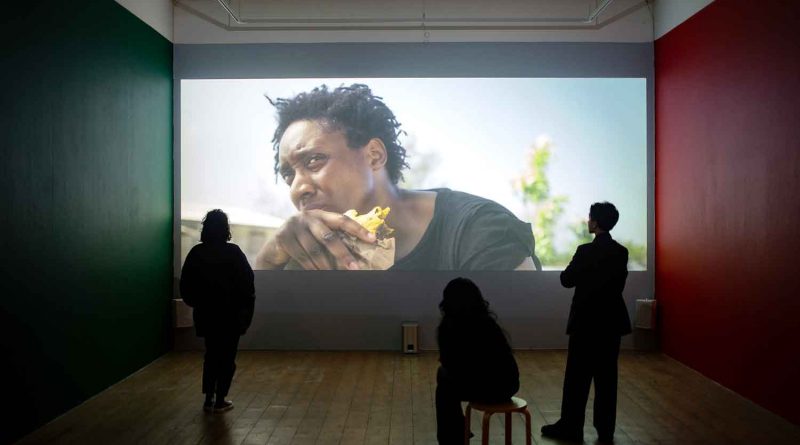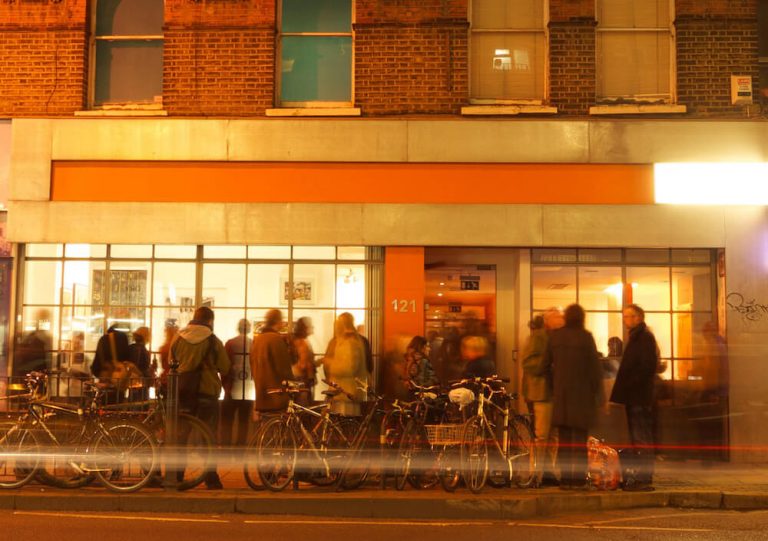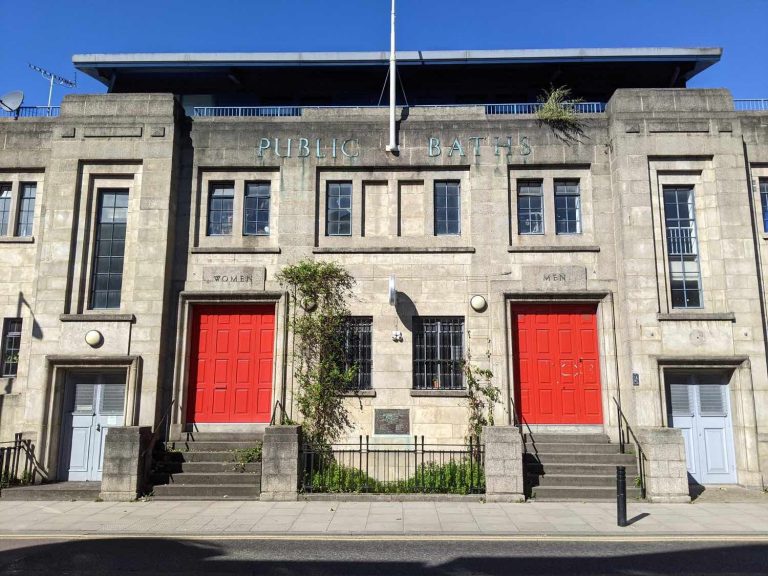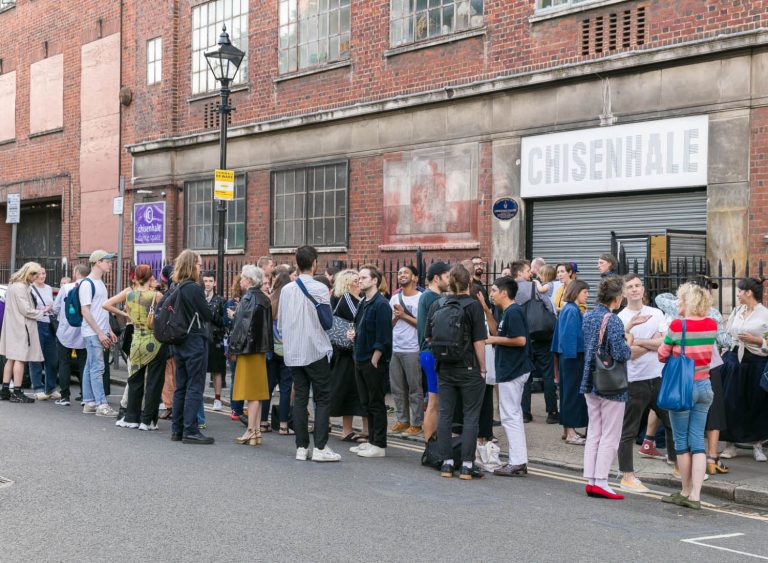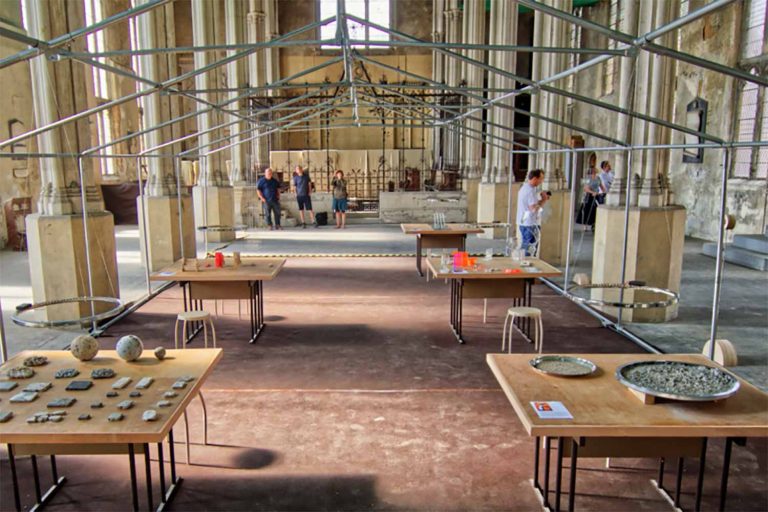Mark of Cane review: A poetic exploration of plantation horror and insurgency
In Kat Anderson’s Mark of Cane exhibition at the Nunnery Gallery, repressed memories of plantation labour and furious revolution haunt the present, refusing historical erasure.
In Kat Anderson’s Mark of Cane, the past returns with a roaring vengeance. Offering a personal meditation on the ongoing legacies of Caribbean plantation labour, Anderson shines an unrelenting light on aspects of history which are often written over in our national memory.
In 2023, Anderson was named the winner of Bow Arts’ East London Art Prize, which invited submissions exclusively from artists living or working in an ‘E’ postcode area. As well as the £15,000 prize, Anderson was able to develop Mark of Cane, a solo exhibition at the Nunnery Gallery which opened on Friday 8 February.
The Nunnery Gallery can be found down a quaint, cobbled pathway just off Bow Road, offering a calming respite from the bustling main street. When you enter the building, you’ll immediately find yourself plunged into darkness, and immersed in the unsettling world of Mark of Cane.
The exhibition is two-fold, encompassing a short film, Las, Fiya, shot predominantly on a plantation in Jamaica, and an accompanying series of framed paperworks, crafted by Anderson from the extracted by-products of sugarcane.
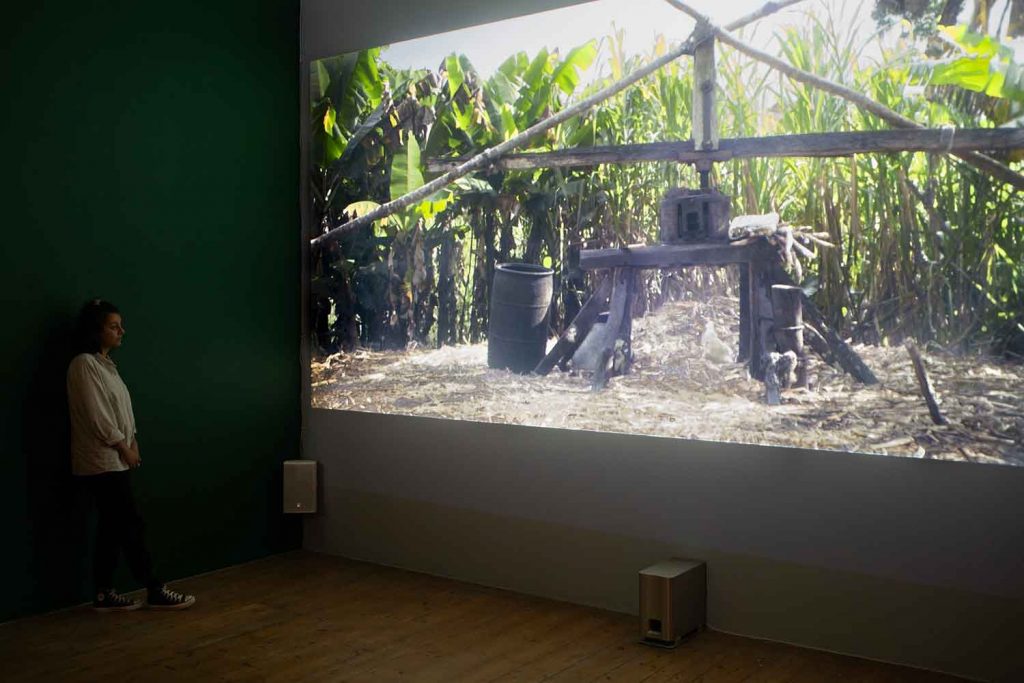
The film plays on a loop with brief pauses between each run-through, allowing audiences the time to contemplate the illuminated paperworks when eerie silence takes hold. The whole exhibition takes place in a singular, dim-lit room, making the viewing experience claustrophobic and intimate.
As its name suggests, Mark of Cane offers a searching contemplation of sugar – uncovering the sweet commodity’s horrific and ongoing entanglement with racialised labour. From the 16th century, the transatlantic slave trade was driven by European demand for ‘white gold’, produced in inhuman conditions by enslaved Africans sent to work on Caribbean plantations. To this day, the cash crop is still harvested by poor Haitian migrants in the Dominican Republic, labouring in intolerable conditions for little pay.
Las, Fiya is set on a sugarcane farm in Jamaica, where Anderson’s family are from. The farm brings together a group of disparate visitors who have signed up for a several-day tour of the plantation, where they can roam the sugarcane fields, watch the harvesting and production of sugar, and explore the mountainous terrain.
The group is mainly made up of white holidayers, engaged in a type of sinister plantation tourism, but it’s also attended by a character there for a very different reason.
Played by Anderson herself, Lil returns to the sugarcane farm in a personal and spiritual search for a sense of home. For Lil, sugar isn’t just a product to be mindlessly consumed, but part of a greater story of ancestral trauma and heritage
Throughout the film, the naive tourists get more than they bargained for. They may have craved a taste of the exotic and the wild – tropes often associated with Jamaica in the colonial imagination – but the sugarcane farm doesn’t passively yield easily to their expectations.
In a reversal of power, the white adventurers get a first-hand taste of the nonsensical violence that truly defines the plantation, as their holiday devolves into chaos and carnage.
Las, Fiya offers a chilling meditation on the unthinkable violence of transatlantic slavery and its ongoing legacies which haunt the present day. Amidst the horror and the grief, Anderson pays homage to the resilience of the black diaspora, and the spirit of rebellion which always accompanied plantation captivity.

Speaking about her motivations for the project, Anderson said: ‘When one thinks about Jamaica, it’s portrayed as a paradise and a picture-postcard place. Obviously, with my heritage, being from there as a dark-skinned black person, I know that there’s the other side of Jamaica, which is a lot of poverty, and a lot of struggles for the black Jamaican population specifically.’
She added: ‘The impact of slave trade, plantocracy, white capitalism, and white supremacy on the island has had so many ramifications for my people.
‘I wanted to focus on some of the other dispossessions and the movements of my people that essentially are still in the ripples and the echoes of slavery and what that has done for African Caribbeans, all the way to the Windrush scandal.’
On one wall in the gallery, you’ll find three uncaptioned paperworks framed side-by-side, handmade by Anderson from the extracted by-products of sugarcane as part of her residency at UCL East. The crumbling artworks are minimalist and incredibly moving, communicating a sense of tenderness and delicate fragility.
Reflecting on making art out of sugarcane, Anderson said: ‘I’m still in a feeling space with all of the work, I’m just very emotional. To handle and to some tiny extent crush some cane, manually, it’s a kind of communion with ancestors.
‘Of course, it makes me think about my positionality and how I’ve been able to do this work, and where I am to what they had to survive for me to be in a space thinking about that and feeling through that.’
She added: ‘It’s live, it’s not a past thing for me. It’s something I’m still feeling.’
Mark of Cane is a free exhibition at The Nunnery Gallery running until Sunday 21 April.
If you enjoyed this article, you might like our piece about local cartoonist Tim Sanders and his illustrations of Palestine

